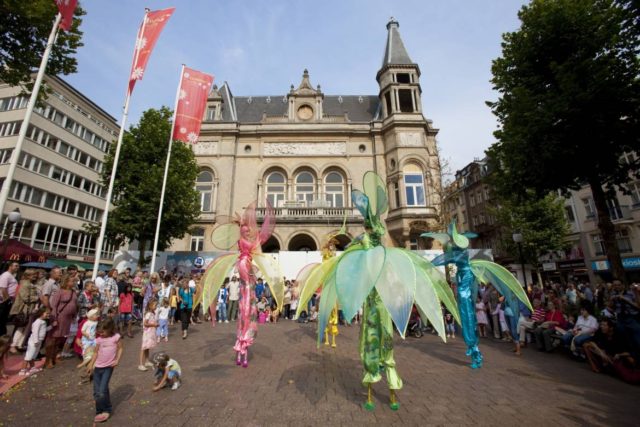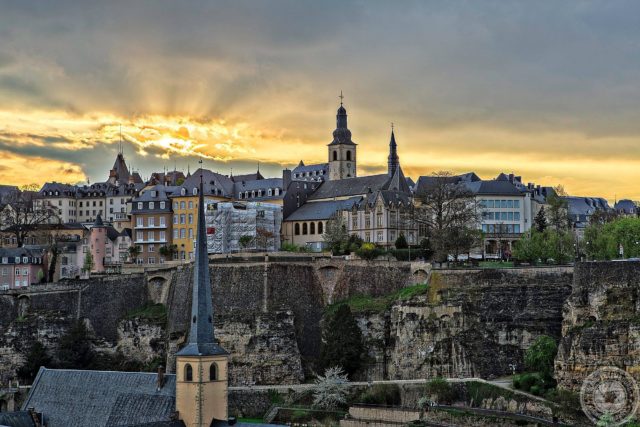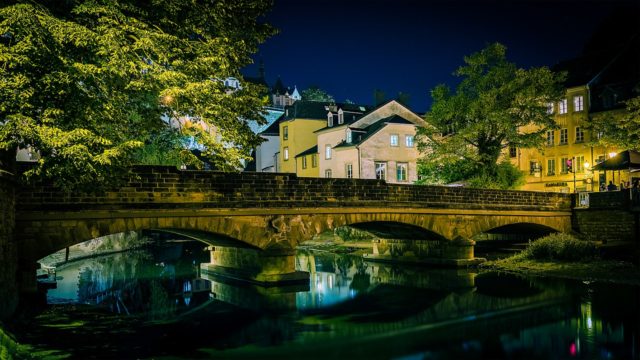Maturity
The maturity phase of Luxembourg began in the mid 19th century. The demand for constitutional reforms and democratic governance led to the Revolutions of 1848 throughout Europe (France, Germany, Austrian Empire, Italy, Denmark & elsewhere) that forced the Dutch King William II to approve the formation of a new parliamentary constitution based on the Belgian model.
The new constitution was drafted by a newly elected assembly of Luxembourg which used the brand new City Hall ( Hôtel de Ville de Luxembourg) as their seat. Gaspard-Théodore-Ignace de la Fontaine a leader of the party advocating the union with the Netherlands, became the first Prime Minister of Luxembourg. He would leave his place a few months later for Jean-Jacques Willmar also an Orangist and also born in Luxembourg city. By that time the city had reached a population of 13.000 citizens.

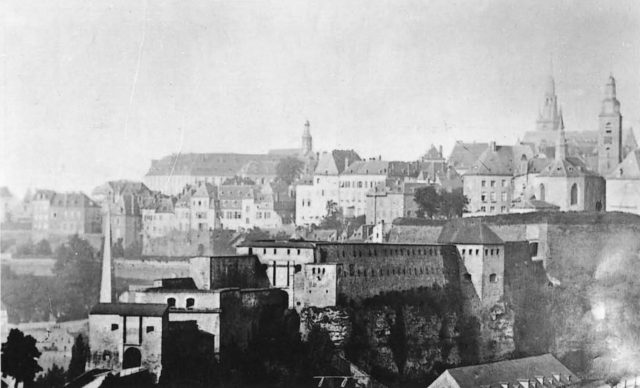
By the end of the 1850s, the first railway station of the city is constructed as part of the network that connected the main cities of the German confederation. The confederation of the Deutscher Bund however would not last for long. The dispute between the two dominant member states of Austria & Prussia over who had the right to rule the German lands led to the Austro-Prussian War of 1866 resulted in a Prussian victory and the collapse of the German Confederation.
The North German Confederation that was created in its place did not include Luxembourg. To make things even more complicated for the city, the Prussian troops were still in control of the Bock. Before the war the Prussian chancellor Otto von Bismark had agreed with the French government of Napoleon III that Prussia would not object to French hegemony over Luxembourg if France stayed out of Prussia’s conflict with Austria.
Assuming that Bismark would honor his part of the agreement the French government offered William III of Neththe erlands 5 million Dutch guilders which William III had accepted in 1867 due to his dire economic troubles. The French were shocked to learn that Bismark, after a public outcry against the deal by German nationalist newspapers, was not willing to honor his part of the deal. The so-called Luxembourg crisis of 1867 led France & Prussia to the brink of war over the political status of Luxembourg, which was finally resolved by the Treaty of London, signed on 11 May 1867.
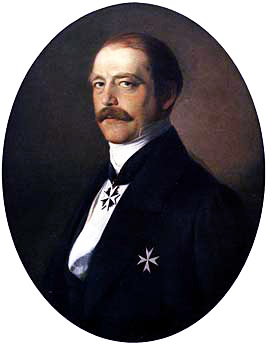
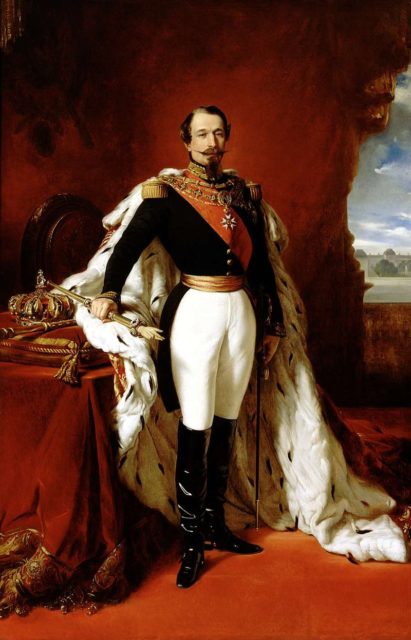
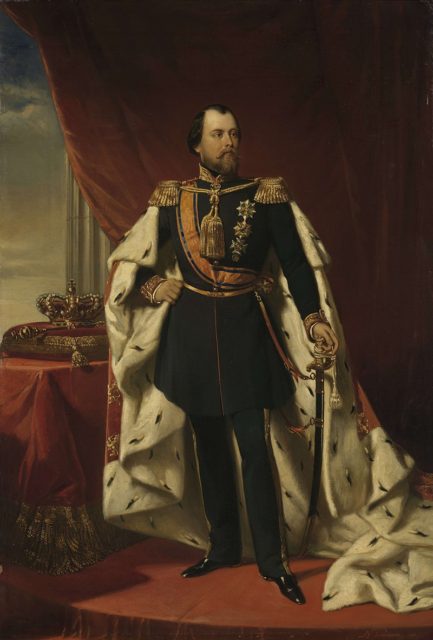
The treaty declared Luxembourg to be an independent & perpetually neutral state under the possession of the Dutch King William III, the Prussian garrison to be withdrawn from the city within 3 months & its fortifications dismantled. Nine centuries after Siegfried I, Luxembourg would cease to be a fortress city. The country would also remain in the Zollverein (until 1919). The treaty’s result was considered to be Bismarck’s victory.
The demolition of the fortress with its casemates, batteries, and barracks would last 16 years from 1867 to 1883 with the revenues from the sales of the land of the fortress covering the costs of its demolition & the urban development of the city. Although the destruction of a great part of the fortress might be seen today as a destruction of a historic monument, it was at the time seen as an act of liberation. The fortress was for hundreds of years a symbol of foreign occupation & an unsurpassed hurdle in the city’s expansion since its various occupiers through the years forbade the construction of new buildings in its vicinity.
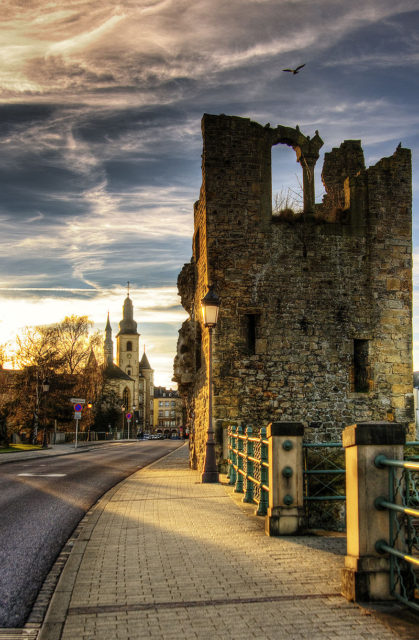
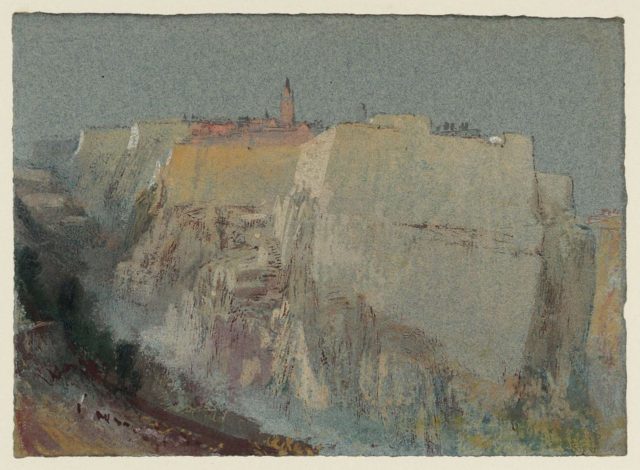
After the demolition of the wall, the city could expand for the first time since the 14th century. In the west, the Boulevard Royal was built adjacent to the new Municipal Park Parc de la Ville which was also created after the demolition of the fort on the south side of the city. The new Adolphe Bridge opened up the Bourbon Plateau with Avenue de la Liberté for development, while a series of imposing new houses and edifices such as the Banque et Caisse d’Épargne de l’État, the ARBED building & the Gare Lëtzebuerg Central Railway Station & squares such as the Place de Paris was built.
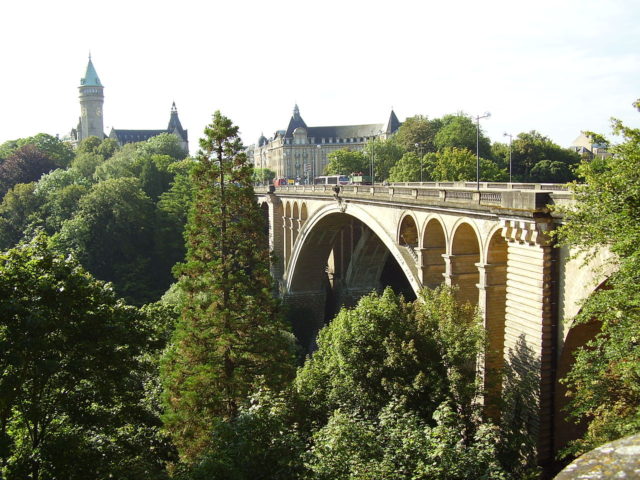
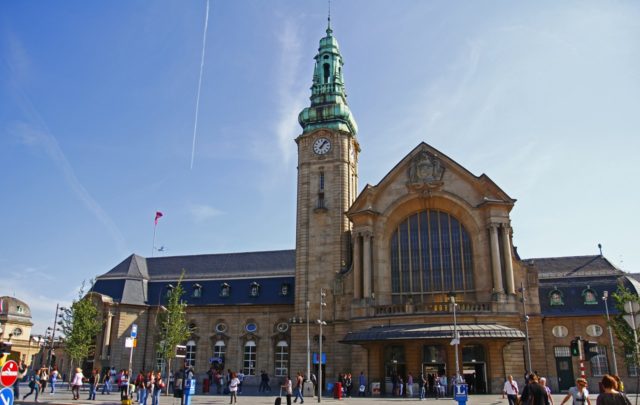

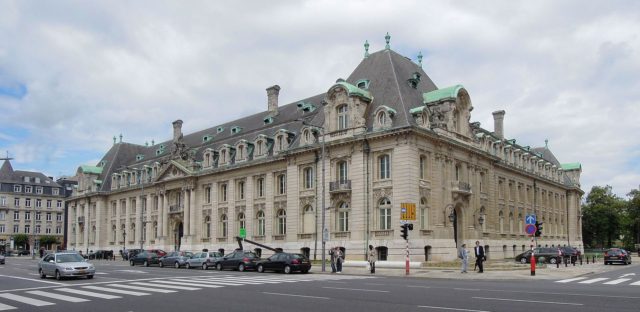
Luxembourg achieved full independence in 1890 after the death of the Dutch King William III. He was succeeded in the Netherlands by his daughter Wilhelmina but as the succession laws of Luxembourg allowed only male heirs, the personal union came to an end. Luxembourgers chose the German Duke Adolphe of the House of Nassau-Weilburg as their Grand Duke.
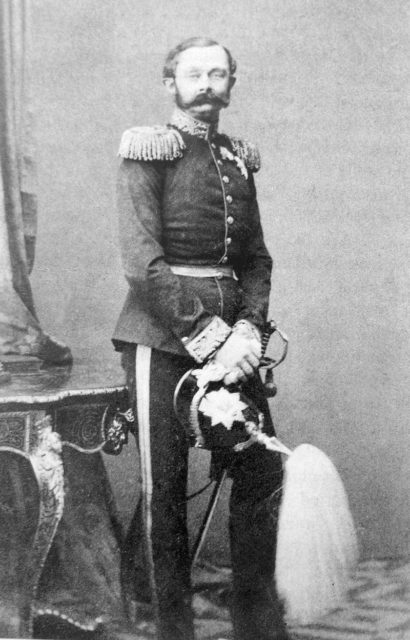

At the outbreak of World War I in 1914 the small duchy had reached a population of about 260.000 inhabitants with the city having more than 20,000 residents. The most notable addition to the city’s map is Nationalmusée fir Naturgeschicht, the National Museum of Natural History built next to the Neumünster Abbey in the Grund district. The country had experienced a 27-year-old period of prosperity led by the gifted Prime Minister Paul Eyschen (in office from 1888 – 1915). Eyschen modernized the educational system, he abolished school fees and made school mandatory, promoted the Luxembourgish language (West Germanic language spoken today by about 400,000 people), and essentially formed his country’s social insurance system.
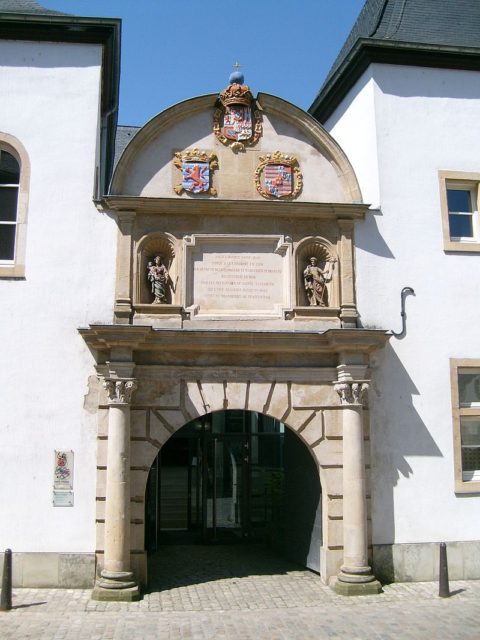
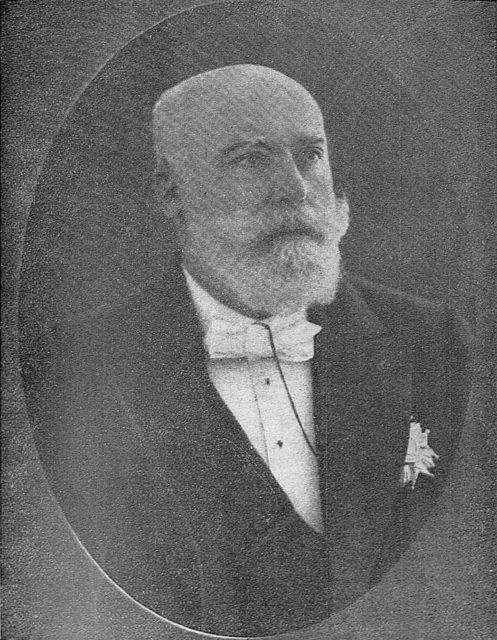
Despite the strong ethnic & cultural ties with Germany, Luxembourg did not need another round of foreign rulers. Although the government tried to secure the country’s sovereignty by affirming Luxembourg’s neutrality in the war, its position on the map was far too important for the Germans.
A full-scale invasion was launched with tens of thousands of men reaching Luxembourg City just one day after the German declaration of war against Russia on August 1914. Marie-Adélaïde, the first Grand Duchess Regnant of Luxembourg, the first female monarch since Maria Theresa (1740–1780) and the first Luxembourgian monarch to be born within the country since John the Blind (r. 1313-1346) ordered her small army of only 400 men not to put up a resistance. In a meeting with the German commander on the second of August right on the Adolphe Bridge, the city’s symbol of modernization, she & her aging Prime Minister accepted German military rule as inevitable.
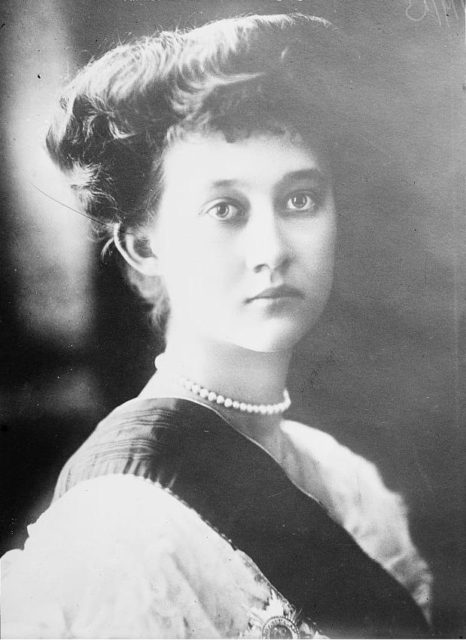
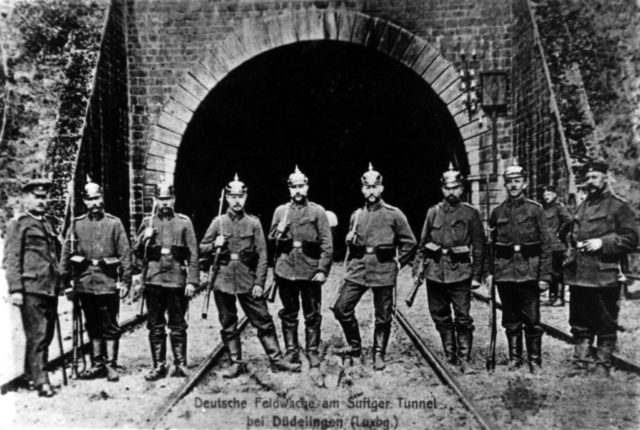
Marie-Adélaïde remained in office throughout the years of occupation, a period in which she effectively pursued the unwavering support of the occupiers. That would lead to her unpopularity in Luxembourg. Nearly 4.000 Luxembourg nationals had served in the French army during the war. More than 2000 of them died. Her unpopularity would also spread to neighboring France (the main rival of the Germans in the war) and Belgium which was also occupied by the Germans.
Eventually, Marie-Adélaïde would be forced to abdicate in favor of her younger sister Charlotte in 1919. A double referendum on September 1919 re-confirmed the monarchic principle in the face of Grand Duchess Charlotte, against that of a republic or another ruler and at the same time approved an economic union with France.
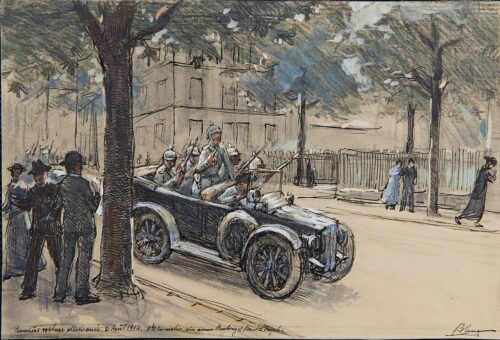
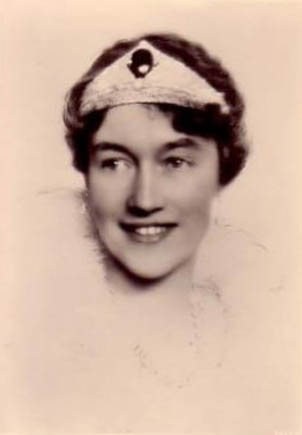

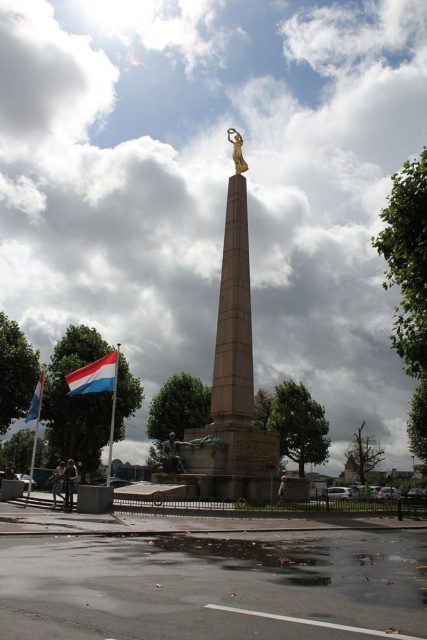
Despite the result of the referendum, the negotiations with the French government collapsed the next year, resulting in a treaty in 1921 which created the Belgium-Luxembourg Economic Union (Benelux ), the precursor of the European Union that would last until 1972. The introduction of universal suffrage for men and women favored the Rechtspartei (party of the right) which played a dominant role in the government of the 20th century mainly due to the support of the Catholic church which had remained a pillar of Luxembourg’s society with about 90% of the people being Catholic.
Upon the outbreak of World War II in September of 1939, the clear & immediate re-proclamation of neutrality from the government was once more ignored by the Germans who invaded the country in May of 1940. The grand ducal family and its leading ministers fled shortly before the arrival of the Nazi troops with the Grand Duchess making supportive broadcasts from London to her homeland through the BBC.
The Volksdeutsche Bewegung, the German Ethnic Movement, formed in Luxembourg city by Damian Kratzenberg, a high-school teacher with German background became the only political party in Luxembourg to support the people’s natural inclination towards the Germanic nation. The Nazis considered the people of Luxembourg as German, a reality they sought to validate with a sham referendum in October of 1940. When it became obvious that Luxembourgers wouldn’t vote according to their wishes the referendum was canceled and Luxembourg was annexed to the 3rd Reich.
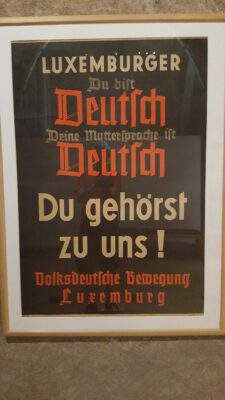
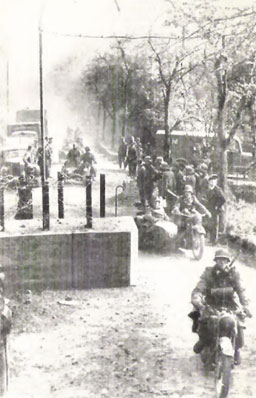
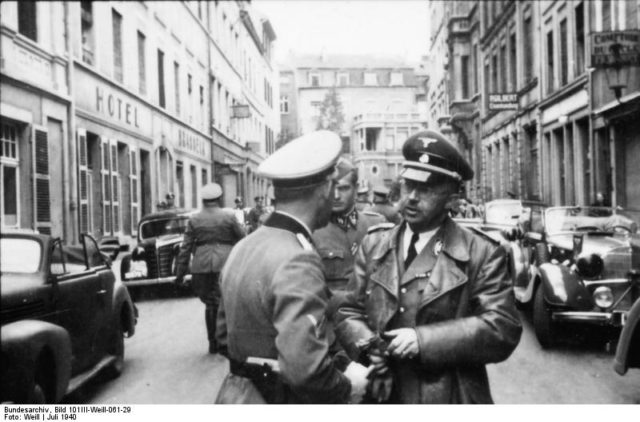
After World War II Luxembourg abandoned its politics of neutrality, becoming a founding member of the North Atlantic Organization in 1949, while it also became a member of the United Nations, renewed the monetary union with Belgium & established an economic union with the Netherlands in the so-called BeNeLux. The city became the headquarters of the European Coal and Steel Community, the European Commission, and the European Court of Justice. The Grand Théâtre de Luxembourg and the Grand Duchess Charlotte Bridge were built and the population moved past the point of 77,000 residents by 1966. (source: Basic Data on the Economy of Luxembourg By Robert H. Walker)
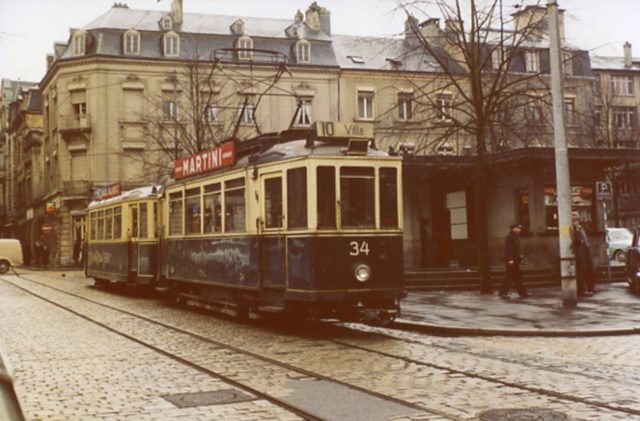
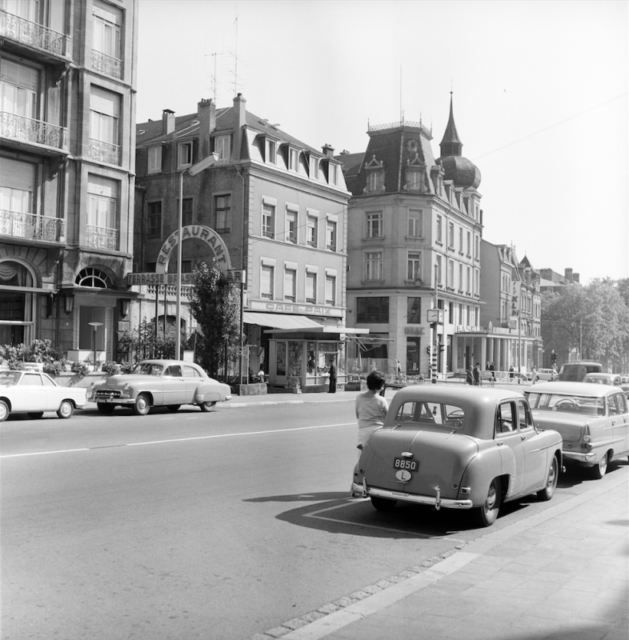

In 1999, Luxembourg joined the euro currency area. Grand Duke Jean abdicated the throne on October 7, 2000, after a reign of 36 years, in favor of his son Prince Henri, who assumed the title and constitutional duties of the Grand Duke. During that term, the small duchy had managed to transform itself into a prosperous international financial center.
On September 10, 2004, Prime Minister Jean-Claude Juncker, became the semi-permanent president of the group of finance ministers from the 12 countries that share the euro, a role that would often be referred to as “Mr. Euro”. On July 10, 2005, after threats of resignation by Prime Minister Juncker, the proposed European Constitution was approved by 56,52 % of the voters. In November 2014 Jean Claude Junker became the 12th President of the European Commission and played a crucial role in resolving the Greek debt crisis.
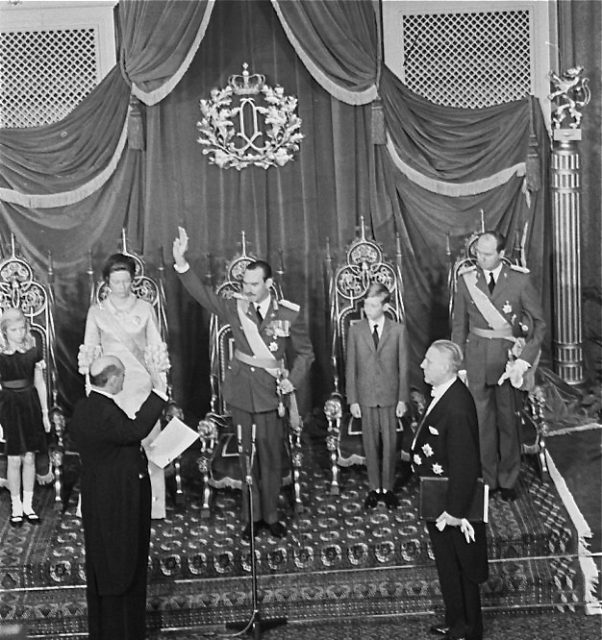
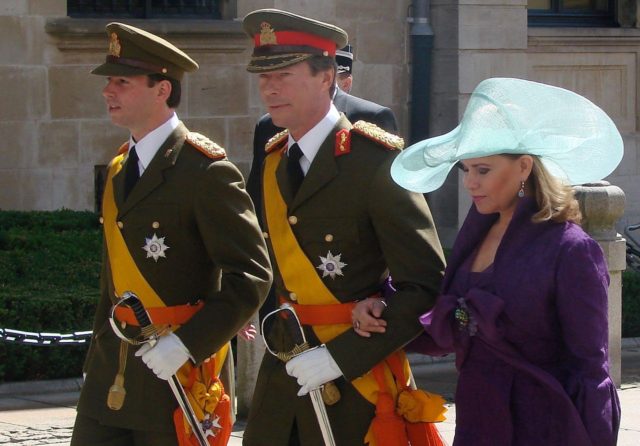
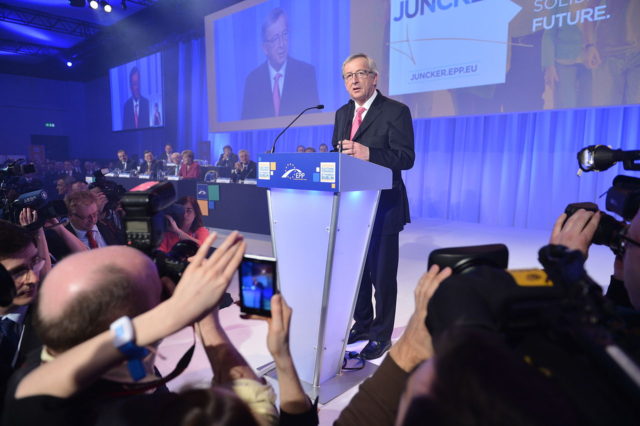
Today Luxembourg city is a capital with more than 122.000 residents, their majority foreign nationals (about 70%). The majority of ex-pats are Portuguese, French, Belgian, and Italian. The capital enjoys one of the highest average incomes in the world and is constantly in the top 20 cities according to the quality of life.
The focal point of all visitors is of course the fortress and old city center, part of the UNESCO World Heritage Sites on the merit of their historic and architectural significance. The key position on the European map, a leading cause of many of its troubles in the past, has proved to be most fortunate in the times of the European Union. Modern-day Luxembourg has come to symbolize everything Europe is trying to achieve. It’s the capital city, one of the true epitomes of contemporary Europeanism.
